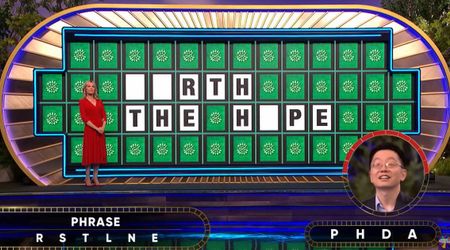Nearly 750,000 Adults May Lose SNAP Benefits After Debt Ceiling Deal

The Supplemental Nutrition Assistance Program, aka SNAP, is the largest internal food and nutrition assistance program in the US that caters to millions of citizens of the country. Food stamps under SNAP benefits provide low-income individuals and families with monthly funds for food.
However, after President Joe Biden passed the new debt ceiling deal, experts believe that the deal would result in a significant loss of SNAP benefits for almost 750,000 citizens in the country.
Citing the current economic crisis in the US and with the Treasury warning that the government would run out of money by June 5 if the debt ceiling was not lifted, President Joe Biden gave his first address from the Oval Office to discuss a bill to lift the debt ceiling along with capping federal spending last week.
The bill was signed into a law the next day, June 3, to avert a devastating economic default. “No one got everything they wanted but the American people got what they needed. We averted an economic crisis and an economic collapse,” Biden said in a statement.
What Does the Debt Ceiling Agreement Mean for SNAP Beneficiaries?
So, the new debt ceiling agreement is going to impact those who rely on the SNAP for food and nutritional benefits. One of the most devastating effects was pointed out in recent research by the Center on Budget and Policy Priorities (CDPP).
The research said that the new debt ceiling agreement "would put almost 750,000 older adults aged 50-54 at risk of losing food assistance through an expansion of the existing, failed SNAP work-reporting requirement."
Let's understand this in detail in the following sections.
What is the SNAP Work-Reporting Requirement?

The SNAP work-reporting requirement is a prerequisite for most adults aged 18-49 who do not have children. This requirement states that those adults up to age 49 who do not have offsprings may enjoy SNAP benefits for only a three-month period every three years unless they show proof of employment or job training attendance for at least 20 hours a week
SNAP Work-Requirement Changes Due to the New Debt-Ceiling Agreement
The new debt-ceiling agreement has changed the SNAP work-reporting requirement.
The new legislation raises the age limit of the work-reporting requirement to 54 from 49. This essentially means that now people aged 50-54 will also have to show work-reporting proof to continue getting SNAP benefits. Otherwise, they will only get the benefits for a three-month period every three years.
The legislation also added a few new categories for the work-reporting requirements for SNAP. These include those suffering from homelessness, veterans, and the foster-care population as well.
The primary aim of the new debt-ceiling agreement is to cut spending on SNAP, even if it means leaving out almost a quarter of a million individuals hungry in the country.
Who Relies on the Program?
Following the implementation of the new debt-ceiling agreement, House Speaker Kevin McCarthy hailed the new work-reporting requirement changes and said that it is a win for welfare reform.“We got it in welfare that puts people back to work, the core of what we looked for,” McCarthy said during an interview with Fox News on Sunday.
However, experts worry that the new work-reporting requirement changes will negatively affect families who rely on SNAP for their daily food and nutritional requirements. In fact, the Director of SNAP State Strategies at the CDPP, Ed Bolen, found the new changes "upsetting."
"We got it in welfare that puts people back to work, the core of what we looked for. On the other hand, you’re going to affect up to 750,000 low-income older Americans who need food assistance," stated Bolen.























